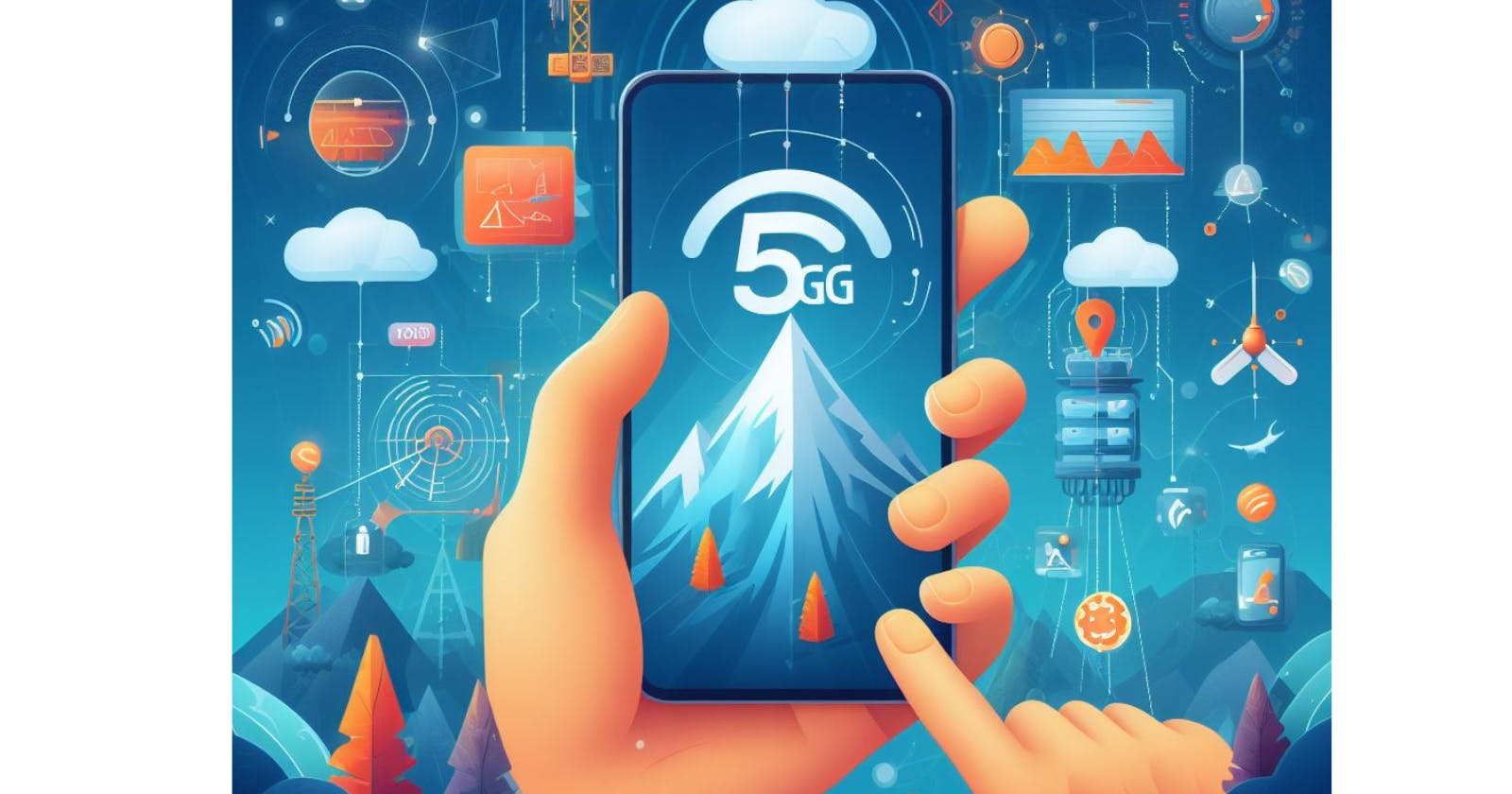Mobile App Development in the 5G Era

The transition to 5G networks is expected to revolutionize the mobile app experience with faster speeds, lower latency, and increased capacity. Let's understand the impact of 5G on mobile app development and the opportunities it presents for app developers.
Faster Speeds and Lower Latency
5G networks will offer speeds up to 100 times faster than 4G, with latency as low as 1 millisecond. This means mobile apps will be able to access, process and transmit data much quicker. Downloading and uploading large files, streaming high-definition content and utilizing real-time augmented reality and virtual reality will all be enhanced.
For example, an app that provides live video streaming of sporting events could deliver higher resolution streams with virtually no buffering on 5G networks. The lower latency also enables more responsive mobile gaming and real-time interactivity between devices.
Increased Capacity and Device Density
5G networks can support up to 1 million connected devices per square kilometer. This massive capacity enables the "Internet of Things" with billions of sensors and devices connecting to the network.
As an app developer, this means we can build apps that connect and manage a wide array of devices to enhance productivity, convenience and safety. For instance, we could develop apps that monitor and control smart home devices like security cameras, locks and appliances from anywhere. The high device density also enables new location-based and proximity-based app experiences.
New Opportunities in AR/VR and Autonomous Vehicles
The combination of increased speeds, lower latency and higher bandwidth opens up new possibilities for apps using augmented reality, virtual reality and artificial intelligence. With 5G, AR and VR apps can offer more immersive experiences with real-time interactivity and responsiveness.
We are also likely to see the development of more advanced driver assistance apps and technologies that will enable autonomous vehicles to communicate with each other in real time. The data transfer capabilities of 5G networks are crucial for the sensors, maps and software powering self-driving cars.
Cost Optimization
With 5G, app developers will need to optimize costs to make the most of the technology:
Leverage cloud services to reduce infrastructure costs
Optimize data usage to avoid exceeding data plan limits
Use performance monitoring tools to identify bottlenecks early on
By taking a cost-conscious approach from the start, developers can build sustainable 5G apps that provide the benefits of the technology without going over budget.
Challenges
While 5G offers many benefits, there are also challenges mobile app developers need to address:
Network infrastructure requirements and availability
Potential security risks due to increased connectivity
Device compatibility (not all devices support 5G yet)
Optimizing app performance to mitigate higher battery consumption and data usage
Testing apps thoroughly under diverse 5G network conditions
Conclusion
In conclusion, 5G networks represent a significant opportunity for mobile app developers. Faster speeds, lower latency and increased capacity enable new types of apps while enhancing the performance of existing apps.
As we move into the 5G era, app developers who understand how to leverage these network improvements will be positioned for success.
And that's it for today 🫡. See you soon in the next article. Until then, keep developing solutions and solving problems.
 Develop and Solve
Develop and Solve